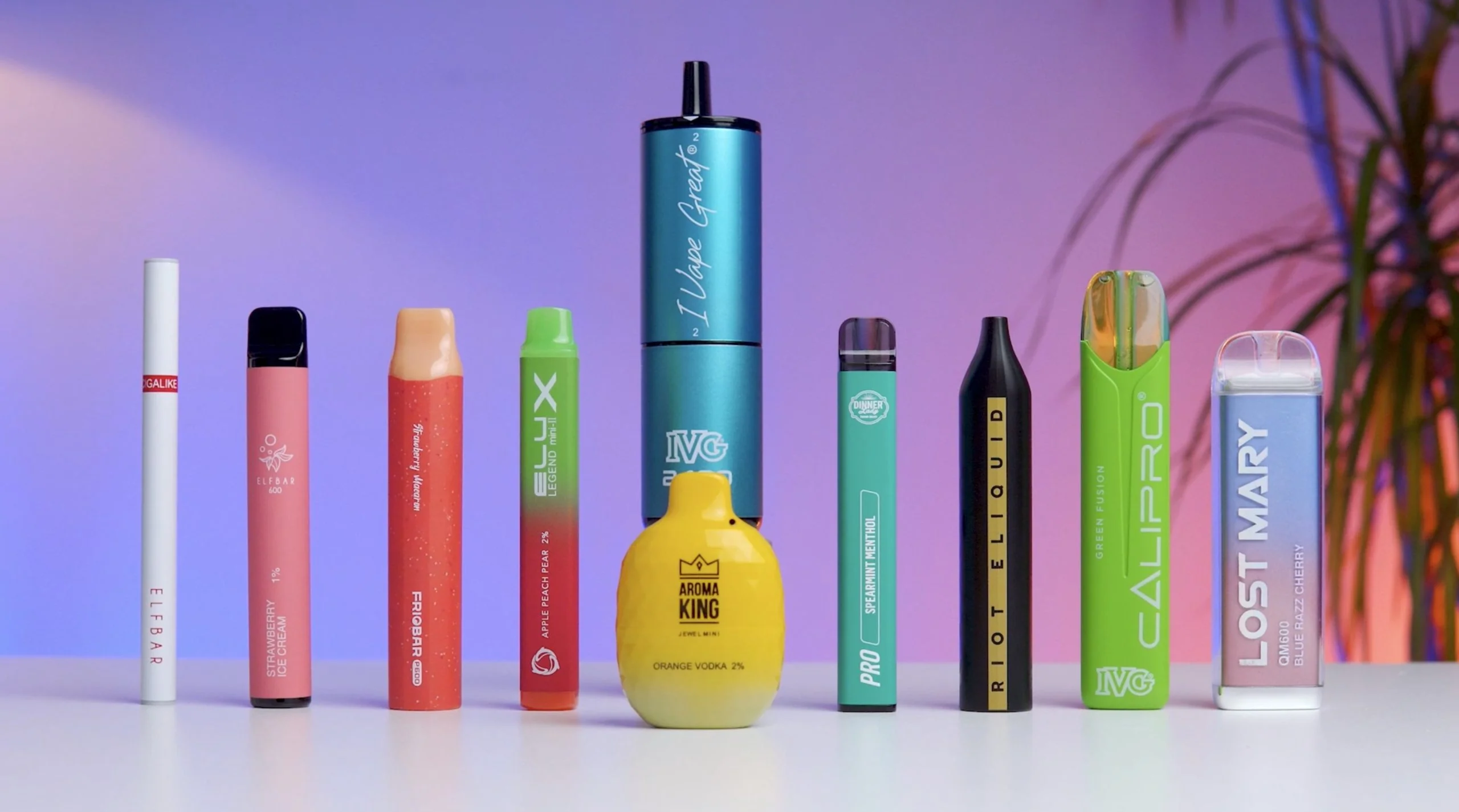The “Pink Hoodie Hijab Fight” emerged as a significant viral event, drawing attention from all corners of the internet and sparking heated debates on issues such as race, religion, gender, and cultural identity. The incident, which was captured on video and widely shared on social media, involved a physical altercation between two individuals—one wearing a pink hoodie and the other wearing a hijab. While the confrontation itself may seem straightforward, the reactions and discussions it triggered reveal much about the current socio-political climate. This article aims to explore the incident in detail, analyzing the context, the public’s reaction, and the broader implications of such events in a hyper-connected digital world.
The Incident: What Happened?
The “Pink Hoodie Hijab Fight” occurred on [insert date] in [insert location]. The video, which quickly went viral, shows a confrontation between two women—one clad in a pink hoodie, the other wearing a hijab. The argument escalates into a physical fight, with bystanders recording the incident on their phones rather than intervening. The specifics of what triggered the altercation remain unclear, with conflicting accounts and perspectives adding to the confusion.
One version of events suggests that the dispute began as a verbal disagreement, possibly over cultural or religious differences, which then escalated into physical violence. Another account posits that the fight was a result of personal grievances unrelated to the broader socio-cultural issues it later came to represent. Regardless of the initial cause, the incident’s aftermath is what truly catapulted it into the public consciousness.
The Role of Social Media in Amplifying the Incident
Social media platforms like Twitter, Facebook, and Instagram played a crucial role in amplifying the “Pink Hoodie Hijab Fight.” Within hours of the video being posted, it had been shared thousands of times, attracting comments and reactions from people across the globe. Hashtags related to the incident trended for days, with users expressing a wide range of opinions—from condemnation of the violence to support for one side or the other.
The viral nature of the incident highlights the power of social media in shaping public discourse. In many ways, the rapid spread of the video turned the fight into a global event, with people from different cultural and national backgrounds weighing in. The incident became a Rorschach test of sorts, with individuals projecting their own beliefs, fears, and prejudices onto the situation.
Cultural and Religious Tensions
At the heart of the “Pink Hoodie Hijab Fight” lies a complex web of cultural and religious tensions. The hijab, a headscarf worn by some Muslim women, is often a focal point in debates about religion, gender, and identity. In many Western countries, the hijab has become a symbol of the broader struggle over multiculturalism and the integration of Muslim communities.
For some, the hijab represents a woman’s right to express her religious beliefs and cultural identity. For others, it is seen as a symbol of oppression, with debates often centering on whether wearing the hijab is a choice or a mandate. In the case of the “Pink Hoodie Hijab Fight,” these tensions were brought to the fore, with the hijab-wearing woman becoming a symbol for broader discussions about Islamophobia, cultural assimilation, and the rights of Muslim women.
On the other hand, the woman in the pink hoodie became a symbol for those who feel threatened by the presence of visible religious symbols in public spaces. Some argued that the confrontation was a result of cultural clash, with the pink hoodie representing a more secular, Western identity in opposition to the hijab.
Public Reactions and Media Coverage
The public reaction to the “Pink Hoodie Hijab Fight” was as divided as it was intense. Social media users quickly took sides, with some expressing solidarity with the hijab-wearing woman, while others sided with the woman in the pink hoodie. The media coverage of the incident further fueled the controversy, with different outlets framing the story in ways that aligned with their own editorial biases.
Some media outlets focused on the cultural and religious aspects of the fight, framing it as a microcosm of the larger tensions between Muslim communities and Western societies. Others downplayed the cultural angle, instead portraying the incident as a case of everyday violence that was blown out of proportion by social media.
The incident also sparked a wave of think pieces and opinion articles, with commentators offering their own interpretations of what the fight symbolized. For some, it was a reminder of the deep-seated prejudices that still exist in society. For others, it was an example of how social media can amplify and distort events, turning what might have been a minor altercation into a global spectacle.
The Impact on the Individuals Involved
While much of the public discourse focused on the broader socio-cultural implications of the “Pink Hoodie Hijab Fight,” it’s important to remember that the incident involved real people whose lives were significantly impacted. Both the woman in the pink hoodie and the woman in the hijab faced intense scrutiny, with their identities exposed and their personal lives dissected by an online audience.
In the days and weeks following the incident, both women reportedly faced harassment and threats from individuals who had seen the video. This raises important questions about the ethics of sharing such content online, particularly when it involves private citizens who may not have consented to their images being used in this way.
The incident also had legal ramifications, with both women reportedly facing charges related to the altercation. The legal outcomes of the case further complicated the public’s perception of the event, with some arguing that the legal system was biased in favor of one side or the other.
The Broader Socio-Political Implications
The “Pink Hoodie Hijab Fight” is more than just a viral video—it’s a reflection of the broader socio-political landscape in which it occurred. The incident highlights the deep divisions that exist within society, particularly around issues of race, religion, and cultural identity. It also underscores the challenges of living in a multicultural society, where different cultural and religious practices can sometimes come into conflict.
One of the key takeaways from the incident is the need for greater dialogue and understanding between different cultural and religious groups. While it’s easy to take sides in an altercation like the “Pink Hoodie Hijab Fight,” doing so often only serves to deepen the divide. Instead, it’s important to engage in constructive conversations that acknowledge and respect the diversity of experiences and perspectives that exist within society.
The Role of Social Media in Shaping Public Discourse
The “Pink Hoodie Hijab Fight” also serves as a case study in the power of social media to shape public discourse. In many ways, the incident would not have become the global phenomenon it did without the amplification provided by platforms like Twitter and Facebook. However, this also raises important questions about the role of social media in perpetuating and exacerbating conflicts.
On one hand, social media can be a powerful tool for raising awareness about important issues and giving voice to marginalized communities. On the other hand, it can also be a breeding ground for misinformation, harassment, and division. The challenge, then, is to find ways to harness the positive aspects of social media while mitigating its negative effects.
The Ethical Dilemmas of Viral Content
The viral nature of the “Pink Hoodie Hijab Fight” also raises ethical questions about the sharing and consumption of online content. When a video of a private altercation goes viral, it can have serious consequences for the individuals involved, who may be subjected to public scrutiny and harassment. This raises questions about the ethics of sharing such content, particularly when it involves private citizens who did not consent to their images being used in this way.
There’s also the issue of context. When a video is shared online, it’s often stripped of its original context, making it difficult for viewers to fully understand the circumstances surrounding the incident. This can lead to misunderstandings and misinterpretations, as viewers project their own biases and assumptions onto the situation.
The Importance of Context and Nuance
One of the key lessons from the “Pink Hoodie Hijab Fight” is the importance of context and nuance in understanding complex social issues. While it’s tempting to view the incident as a simple case of good versus evil, the reality is far more complicated. The fight was not just about two individuals—it was about the broader social, cultural, and political forces that shaped their interaction.
To truly understand the significance of the incident, it’s important to consider the various factors that may have contributed to the confrontation. This includes the personal histories of the individuals involved, the cultural and religious tensions that may have influenced their actions, and the role of social media in amplifying the conflict.
Moving Forward: Lessons Learned
The “Pink Hoodie Hijab Fight” serves as a reminder of the challenges and complexities of living in a diverse, multicultural society. It highlights the importance of dialogue, understanding, and empathy in navigating these challenges, as well as the need for responsible media consumption and sharing practices.
Moving forward, it’s important to use incidents like the “Pink Hoodie Hijab Fight” as opportunities for reflection and learning. Rather than simply taking sides or assigning blame, we should strive to understand the underlying issues and work towards solutions that promote inclusivity, understanding, and respect for all individuals, regardless of their cultural or religious background.
Conclusion
The “Pink Hoodie Hijab Fight” is more than just a viral video—it’s a reflection of the complex and often contentious issues that define our current socio-political landscape. While the incident itself may seem like a minor altercation, its broader implications are far-reaching, touching on issues of race, religion, identity, and the role of social media in shaping public discourse.
As we continue to navigate these challenges, it’s important to remember the lessons of the “Pink Hoodie Hijab Fight“—the importance of context, the need for dialogue, and the ethical considerations of sharing and consuming online content. By approaching these issues with empathy and understanding, we can work towards a more inclusive and harmonious society where cultural and religious differences are respected and celebrated rather than feared and vilified.



